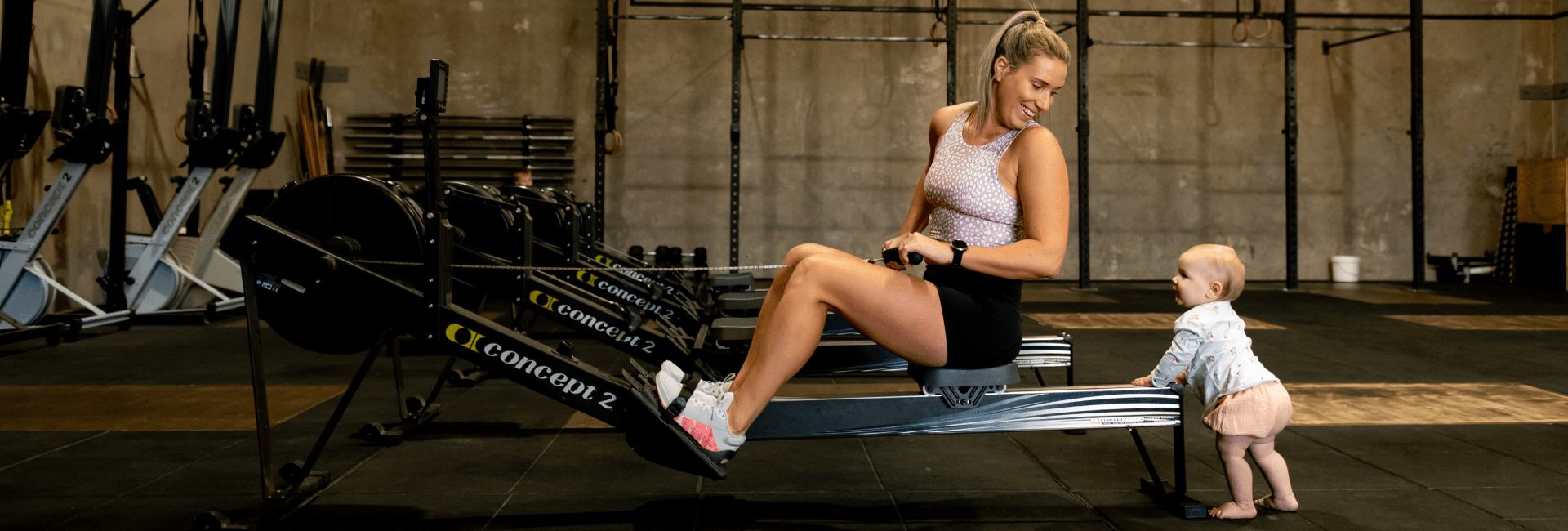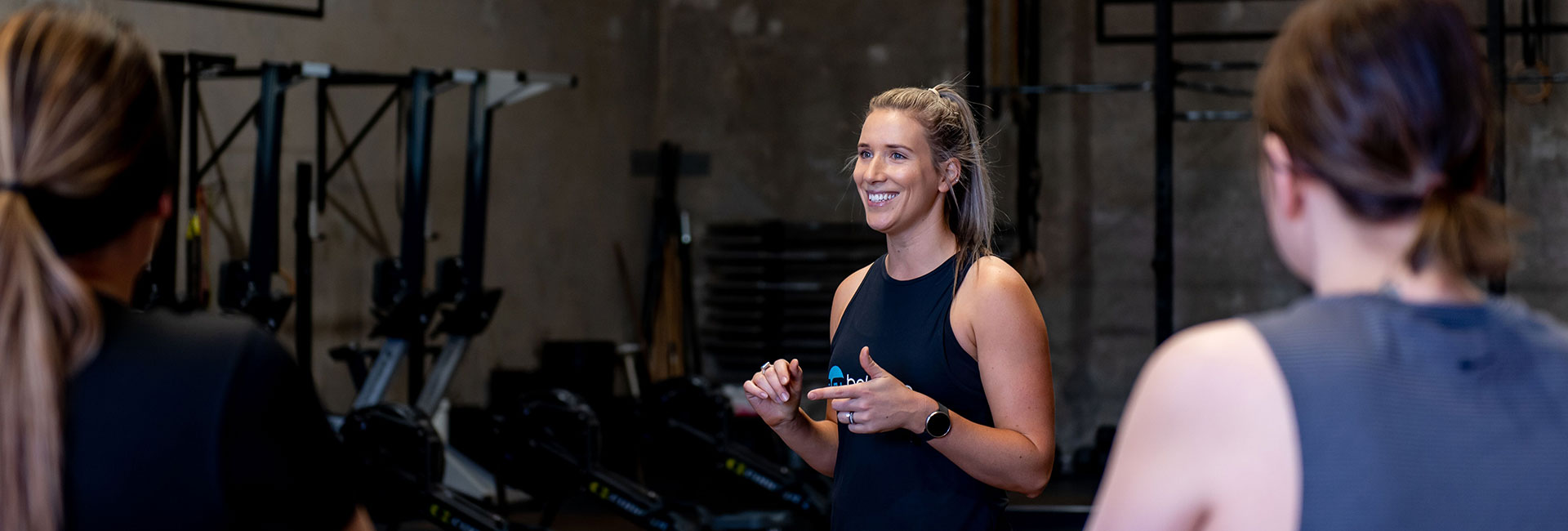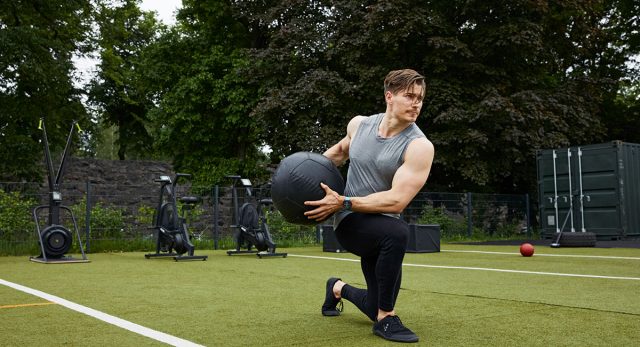Taking time off exercise after birth can be tough, especially for the keen trainer, fitness enthusiast, or competitive athlete.
So once you’ve had your baby you can get back into postpartum exercise and training to feel more you, right?
Not exactly…
As a mother of two (and welcoming our third in a matter of weeks!) who has trained hundreds of women on their pregnancy and postnatal journeys, I know first hand how confusing it may be when it comes to exercising both during and post-pregnancy.
I also know just how difficult it can be to dial down training and ‘take it slowly’ on the return to exercise journey.
So, here is my guide to navigating exercise after pregnancy:
POSTPARTUM CHANGES TO CONSIDER
POSTPARTUM WORKOUT PLAN
POSTPARTUM EXERCISE TIPS TO KEEP IN MIND
postpartum changes To Consider when returning to exercise
Following the birth of a baby, there can be pressure (be it real, perceived, or self-imposed) to get your ‘pre-baby body’ back.
The truth is, that once you have carried a pregnancy and birthed a baby your body won’t ever be the ‘same’ again.
That is not to say that you won’t ever be strong, fit, healthy, competitive, or hit PB’s again!
Pregnancy and childbirth via vaginal or cesarean section changes a female greatly, both mentally and physically. It’s also important to note that the postnatal period is FOREVER, whether your babe is two months, two years, or 20 years old!
Too much too soon or inappropriate postpartum exercise for your individual journey can have detrimental effects on your recovery, both short and long-term.
In the earlier postnatal stages, gentle regular activity can be beneficial both physically and psychologically.
Here are the key postpartum changes and areas you should be thinking about when returning to exercise after pregnancy.
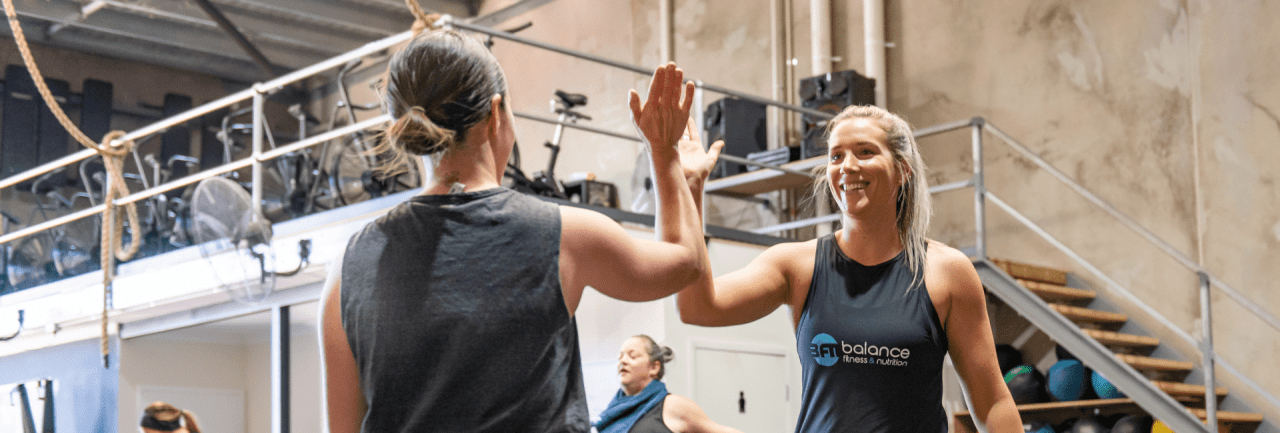
Pregnancy and labor
All these factors play a role in your recovery and return to exercise:
- Did you have a high or relatively low-risk pregnancy?
- Did you deliver vaginally, via C-section?
- Was it an assisted delivery?
- A long second stage of labor?
- Any tearing?
- What was the size of your baby?
Pelvic floor and abdominal health
Have you heard of diastasis recti or abdominal separation? How about pelvic floor dysfunction such as incontinence and pelvic organ prolapse?
Did you know that following childbirth:
- One in three women leak urine.
- One in 10 experience bowel incontinence – fecal or flatulence.
- ~50% of women experience some grade of pelvic organ prolapse.
*Stats taken from Aus Continence Australia
Therefore my number one piece of advice is to see a Women’s Health Physiotherapist prior to returning to exercise anytime from six weeks post-birth and onwards as required. Even if you are 15 years postpartum, you can benefit from seeing one.
Many Doctors may clear mothers for postpartum exercise, but they are not the experts in musculoskeletal and exercise prescription. This is where a great Physio and a pre/postnatal qualified Personal Trainer or coach are your go-to!
Women’s Health Physios are the eyes on the inside. They will assess your abdominals and pelvic floor and give you a baseline of where you are at. Plus, they will check if there are any underlying factors impacting your ability to return to given exercise and a rehab program if applicable. Their guidance will also help prevent and manage longer-term issues around pelvic floor dysfunction that can have a profound impact on a woman’s mental health if it impacts the way she loves to move.
Just because you feel great does not give you the green light to return to pre-pregnancy exercise. Childbirth is a major trauma/surgery and we need to treat this injury with the rehab and respect it deserves for our long-term movement goals!
The consequences of a compromised pelvic floor and abdominals from doing ‘too much too soon’ include:
- Long and/or short-term incontinence of the bowel and/or bladder, incontinence, and/or stress incontinence (when laughing, coughing, sneezing).
- Decreased support to pelvic contents and risk of prolapses.
- Decreased support to the lower back.
- Self-confidence and mental health affected.
To reduce your risk of further damage following childbirth:
- See a women’s health physio.
- Incorporate pelvic floor exercises – correct activation and technique.
- High impact activity, breath-holding, or any movements that cause you to ‘bear down’ should be avoided.
- Excessive lifting, straining, and coughing should also be avoided.
- Where possible, avoid forceful abdominal exercises and forward flexion movements such as crunches, sit-ups, and planks soon after birth.
- Know that a ‘six pack’ is not effective in supporting the lower back and stabilizing muscles.
Sleep and energy levels
When you become a mum it becomes a battle of time vs energy. When you have the energy you may not have the time and vice versa. Now you need to train smarter not harder and think quality over quantity.
You need to adapt your training based on your sleep and energy levels, so put the ego aside and tune into your body to avoid burnout and injury.
You’ll probably find your fitness routine changes. Instead of training five times/week for 60+ minutes, you may find that post-pregnancy workouts are more effective in the 20-30 minute range.
It’s important to ensure that you have enough energy reserves for the daily demands of parenting and breastfeeding if you are doing so.
I always assess my clients before each session to rate their nutrition and sleep for the past 48 hours. You may have a grueling training session planned but have had a cumulative five hours of sleep that night.
Nutrition
How would you rate your nutrition on a scale of one to 10 for the past 24 hours?
Your nutrition intake is going to affect your rate of perceived exertion (RPE), performance, and recovery, so base your training sessions on this also.
This is what I get my clients to do before every session. Again, self-care can slip when you have younger ones to care for and feed, which may mean irregular or less calorie-dense meals, lower calorie intake, and less hydration than pre-pregnancy.
If you’re breastfeeding you’ll need to be adjusting your dietary intake and energy expenditure to this as well. Eat to promote postpartum recovery, lactation, and help fuel your workouts.
Postpartum workout plan
How soon can you exercise after birth?
First of all, let’s lose the ‘pre-baby body’ talk and instead focus on strength, fitness, and body confidence.
You have carried a baby for 10 months and have experienced a major injury/surgery – so take the time to rest, recover and rebuild.
When you feel the time is right for you, you can start getting back to exercise with this postpartum workout tips.
The key is to take it slow, build a base, and not compare your journey to others. (Please note: This information is general and not specific to any individual journey. If you have any specific questions about your personal journey or want to know more, please reach out)
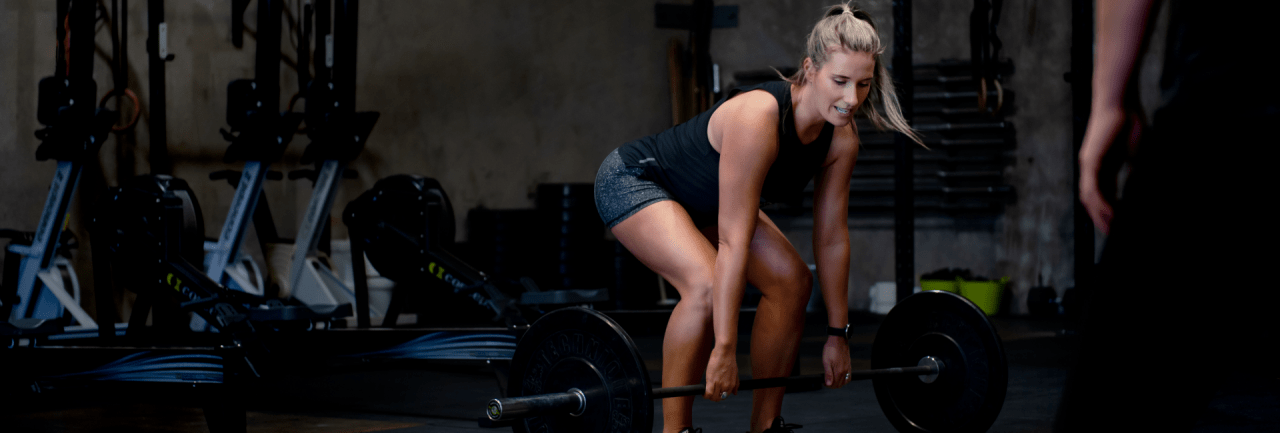
Initial stages – 2 weeks postpartum (PP)
Moving is good for your mental health and gentle walking is generally okay. Think short distances, durations, and easy terrain. Not pushing a pram – if possible. Also try breathing and pelvic floor exercises.
2-4 weeks PP
- Walking – easy terrain, short duration, and distance.
- Basic static holds and bodyweight movements focusing on connecting the pelvic floor and abdominals.
6-12 weeks PP
- Walking – increasing duration, distance.
- Basic static holds and bodyweight movements focusing on connecting the pelvic floor and abdominals.
3-5 months PP
Follow the guidance of your Women’s Health Physio & Pre/Post Natal Trainer. You can increase the intensity of sessions, low impact, body weight, and light-weighted loads.
6-12 months PP
Low to high impact, depending on postpartum journey. Loads can increase and you may commence return to some sports and higher impact activities, all while considering energy, sleep, pelvic floor function, and breastfeeding status.
12 months +
Many women can return to their pre-pregnancy training activities, though for some it may take longer. Be patient with your journey and always seek advice from a trained professional if you are unsure.
WILL I GET STRONG again AFTER GIVING BIRTH?
Absolutely!
When? That’s different for every woman.
Mentally
From both my personal and professional experience, many women are much stronger mentally following motherhood than they were pre-pregnancy.
For me, I carried an attitude into my training that ‘if I can birth a baby, I can do anything.’ My mental strength and focus increased as I entered motherhood.
However, motherhood is also a really tough gig and you don’t have to do it alone.
Postnatal depression is both very real and common so be sure to seek help if you feel this may be impacting you. I recommend reaching out to PANDA or the Gidget Foundation (if you live in Australia) or try searching for a similar service local to you.
Physically
Many women return to their pre-pregnancy strength and fitness levels and even exceed those.
Again, timeframes vary and it’s important to not compare your journey to anyone else’s, especially those who may be elite athletes or have a large social media following. A lot of the time they may be doing more damage than good and not sharing this side of their story or success.
Do not be disheartened by what you may consider slow progress. Be content to progress with small steps – you will get there!
Wrap-Up: postpartum EXERCIse Tips TO KEEp In Mind
- Don’t compare your pregnancy or postpartum journey to anyone else’s.
- Each pregnancy and birth are so hugely different as are each women’s circumstances. Just because someone returns to marathon running at 12 weeks postpartum does not mean that is right for you.
- Lose the ego – pregnancy and childbirth are equivalent to that of a major injury. Take the time to heal, rehab, and restore correctly, build the base to avoid further injury and/or overtraining.
- Try to avoid burnout. Are you an elite athlete or a fitness fiend? Always consider your sleep and nutrition intake and base your training sessions around these – remember smarter, not harder.
- Use the postpartum workout plan above to help guide you safely and effectively back into the training that you love.
- Always see a women’s health physiotherapist prior to returning to exercise following delivery.
- Ensure you’re training under the guidance of a coach or PT who is trained in pre and postnatal exercise.
- Enjoy and embrace the journey. You are doing amazing!
For the amazing mums in the Polar community, check out my Returning to Exercise and Nutrition for Post Natal Recovery and Lactation eBook for a complete resource in returning to exercise following having a baby, or the other online programs to help you on your fitness journey. Use code FITBUMP at checkout for 15% off.
For any fitness professionals in the Polar community, take a look at my Functional Fitness for Pregnancy and Post Partum course, which covers this topic in greater detail.
If you liked this post, don’t forget to share so that others can find it, too.
Or give it a thumbs up!
I like this article
Please note that the information provided in the Polar Blog articles cannot replace individual advice from health professionals. Please consult your physician before starting a new fitness program.
